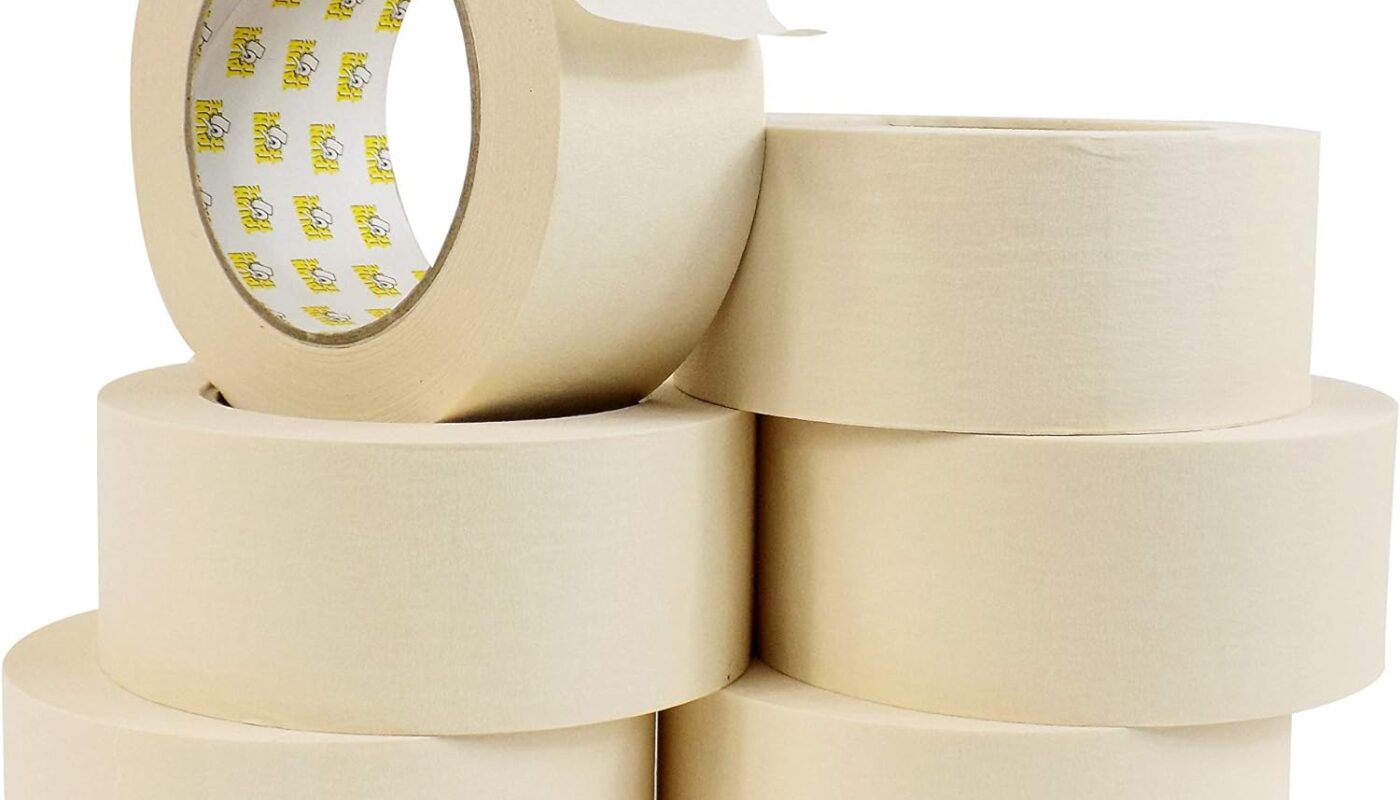Masking tapes are pressure-sensitive adhesive tapes that are used to mask off or protect surfaces when painting, finishing, or surface preparation. They have low tack or weak adhesion that allows for easy removal without damaging surfaces. Masking tapes come in a variety of widths, thicknesses, and adhesives for different applications.
Types of Masking Tapes
There are a few main types of masking tapes available on the market:
– Paper Masking Tapes: The most basic and economical Masking Tapes. Made from paper backing with a light adhesive. Best for low-bond applications like masking edges prior to painting. Tends to be thinner than other tapes.
– Multi-Surface Masking Tapes: Slightly thicker than paper tape with a durable adhesive that sticks well to surfaces like metal, plastic, and glass. Adhesive pulls off smoothly without leaving residue. Good for most indoor projects.
– Foil Masking Tapes: Features an aluminum foil backing for extra durability. Adhesive is highly conformable for complex contours. Excellent for withstanding exterior conditions or extended masking applications.
– High-Temperature Masking Tapes: Specifically made for heat-resistant uses. Backing and adhesive can withstand brief intermittent temps up to 250°F without breaking down. Ideal for masking during powder coating, auto painting, and other high-heat processes.
Choosing the Right Width
Masking tapes are available in a variety of widths to suit different applications. Knowing which width to choose can help your project go smoothly:
– 1/2″ or 3/4″ width: Suitable for basic precision edging and taping. Fits well in corners and along straight edges.
– 1″ width: Provides more surface area adhesion for longer term or complex masking jobs. Great for protecting large surfaces prior to spraying.
– 1.5″ or 2″ width: Ideal if you need added strength for heavy-duty tasks. Sticks securely during sandblasting, stripping, and other abrasive surface prep work.
Considering Adhesive Type
The adhesive is what allows masking tape to hold securely yet release cleanly. Choosing the right adhesive formula is key:
– Rubber/Synthetic Adhesive: Most common adhesive type with good all-around performance. Works well for both indoor and outdoor use.
– Acrylic Adhesive: Very smooth peel for delicate surfaces. Leaves extremely low residue. Best for paint masking on valuable woods, metals, and plastics.
– Silicon/Poly Adhesive: Provides heat resistance up to 250°F. Perfect for high-temperature applications in auto shops, HVAC repair, and beyond.
Selecting for Surface Type
Proper application also depends on matching the tape to your project surface:
– Paper/Wood Surfaces: Look for paper backing with light adhesive. Wax/grease removal prior to using.
– Metals: Multi-surface tapes grip well. Acrylic adhesive pulls off cleanly from stainless, aluminum, etc.
– Glass/Ceramics: Acrylic adhesive leaves no haze. Foil backing handles moisture/condensation well.
– Plastics: Acrylic formulas are gentle. Multi-surface tapes work for most uncoated varieties.
Applying Masking Tape Correctly
Taking some time to apply your masking tape properly goes a long way:
– Clean and dry the surface first to ensure optimal adhesion.
– Press down firmly as you smooth out any air bubbles beneath. Go over edges with a fingernail or tool.
– Make sure 1/2″ of the surface beyond your tape edge is also masked to contain any overspray.
– Use multiple thin overlapping layers in tight corners rather than folding tape back on itself.
– Label tape edges clearly if masking for an extended period or before painting an entire object.
– Allow new paint coats to dry fully before removing tape in a single pull parallel to the edge.
By choosing the right masking tape properties for your specific project demands and applying it carefully, you can achieve perfect results every time. With practice, masking becomes second nature for all sorts of surface preparation and finishing tasks.
*Note:
1. Source: Coherent Market Insights, Public sources, Desk research
2. We have leveraged AI tools to mine information and compile it




